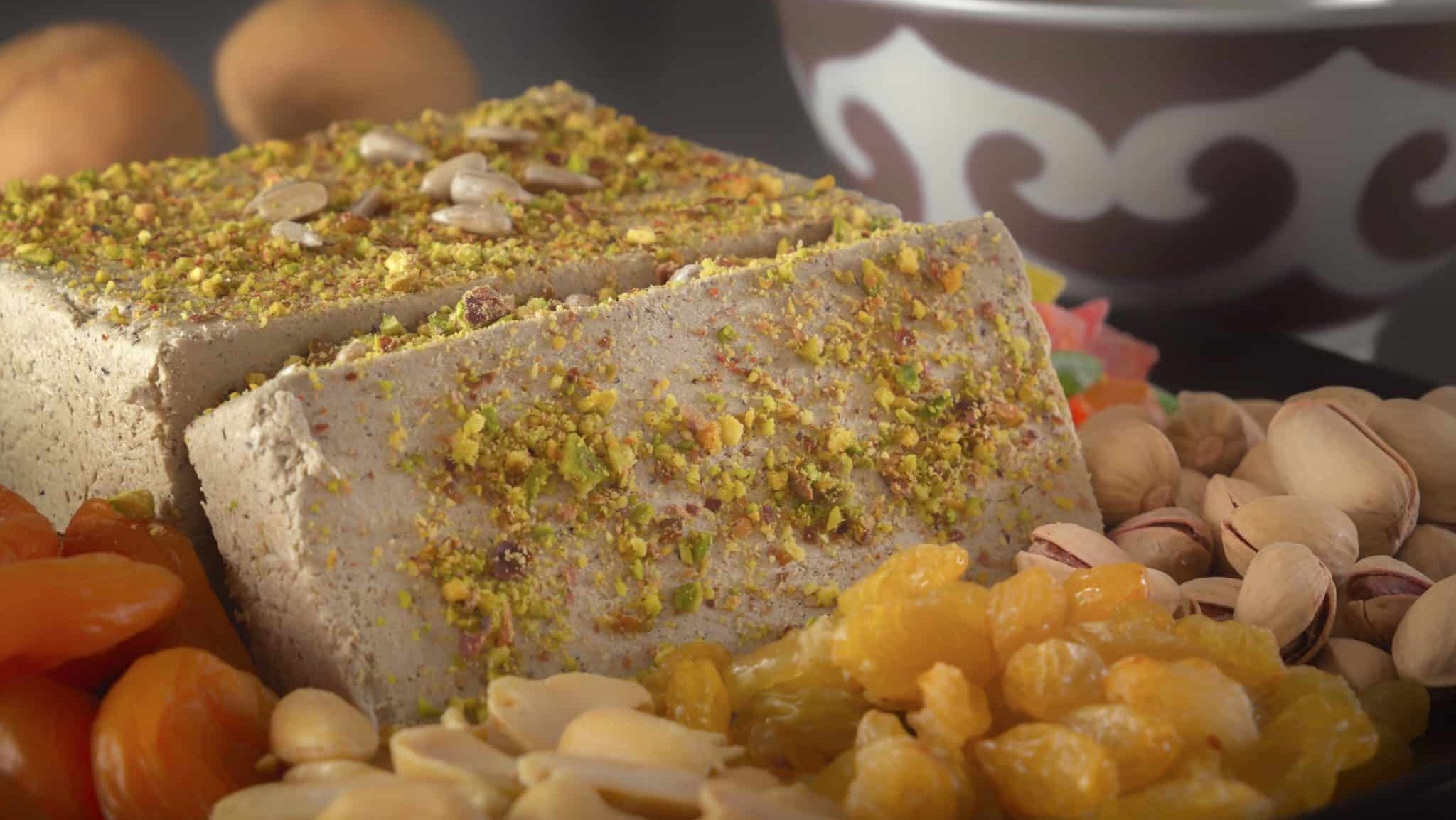Halva, the rich dessert well-loved across many cultures, is so densely filling it almost manages to feel like a meal – and not an entirely unhealthy one at that. There are more than one hundred varieties of halva, an ancient dish whose base can be flour, ground seeds or nuts, or fruit, depending on where in the world you happen to be when you order it.
Halva is considered a national dish of many of the regions where it has long been prepared and consumed. However, its role as a staple dessert extends across so many centuries and cultures that it can hardly be said to belong to any one people. Today, it is widely available in shops, bazaars, and kitchens across the former Russian, Persian, Arabic, Ottoman, and Indian empires and beyond.
The Origin and Incredible Durability of the Word “Halva”
Halva, as it is most often known in English, gets its name from the Arabic word halwa, (حلوى) meaning “sweet” or “dessert.” The origins of halva are disputed, although many sources claim that it originated in what is now Iran some 2500 years ago.
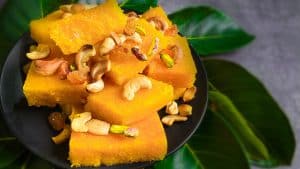
The earliest recorded use of the term appears in 7th-century Arabia, describing a pudding of dates, milk, and toasted flour. The dish still exists there. By the 9th century, halwa referred to a flour-and-sugar pudding. From Arabia, both the word and food spread to Persia, then onward to Central Asia, India, and, through the Ottomans, to the Balkans and Greece. Indian and Persian trade networks carried it even farther into South Eastern Asia, giving rise to dozens of local variations.
Despite this incredible centuries-long journey, the name changed remarkably little. In Farsi, the treat is halvā (حلوا). In Turkish, it is helva. Most Slavic cultures use khalva (халвa). In Hebrew it is halvah (חלווה), in Hindi, halvā (हलवा) and, in South Asia, usually halwa or halua. In English, “halva” is most common, but “halvah” is also not uncommon, especially in older cookbooks, as the sweet was first introduced to America and Britain by Jewish immigrants.
Localized names also emerged to reflect regional varieties or ingredients. In Tajikistan and Uzbekistan, for instance, there is a very soft flour-based pudding called halvaitar (xалвайтар). Versions in those same two countries made with nut or seed paste may be known as lavz (лавз) or halva-lavz (халвa-лавз). In southern India, semolina halva is called kesari bath (ಕೇಸರಿ ಬಾತ್), with “kesari” referring to the saffron typically added. In the north, the same dish is known as suji halwa (सूजी का हलवा), which means “semolina halva.” Even in Arabia, where the name originated, there are regional terms such as kareezeh (كريزه), a layered red semolina halva likely once flavored with cherry juice (kareezeh means “cherry”) but now most often colored with dye.
The Vast Variety of Halva
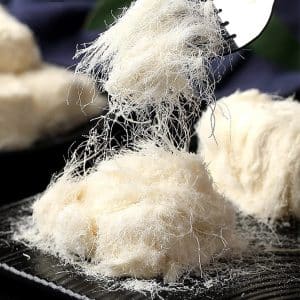
Halva can generally refer to three categories of sweets. Rough geographic boundaries exist, although they are far from exact and overlap is wide. The first is a gelatinous mix of fried flour and sugar, which is popular in Greece, India, the Middle East, South East Asia, and parts of Central Asia. Another is made with sweetened nut or seed paste and popular in the Mediterranean, the Balkans, Turkey, Eastern Europe, Central Asia, Russia, and parts of the Middle East and India. Lastly, fruit-based halva is widely found in India and South East Asia.
Within these categories are countless local variations ranging from a sort of sticky soup to fudge-like loaves, and from brittle blocks to a soft, velvety cotton-like confection. In Turkish cuisine, helva encompasses many of these forms. Flour and semolina helvas are often served warm and used in religious observances, while tahini helva is a popular everyday treat. One particular version popular in Turkey, known as pişmaniye locally and often referred to as “Turkish cotton candy” by tourists, comes in delicate, sticky threads. Turkish halva is often flavored with pomegranate, rose water, orange water, or other additives.
In India, meanwhile, halwa refers to an entire class of sweets that sometimes replace the flour component with carrots, lentils, or fruits. Ghee and cardamom lend Indian halwa a distinctive aroma and richness. In Malaysia and Indonesia, halwa combines local ingredients like coconut milk, pandan, and tropical fruits with the slow-cooked sugar and flour.
In India, halwa refers to an entire class of sweets, often substituting flour with carrots, lentils, or fruits and with ghee and spices departing distinctive aromas and richness. In Malaysia and Indonesia, halwa combines local ingredients like coconut milk, pandan, and tropical fruits with slow-cooked sugar and flour to produce a glossy, fragrant dessert.
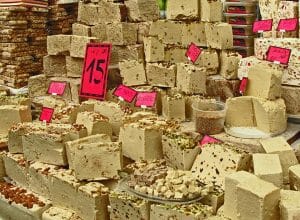
In Slavic cultures, halva almost always refers to the nut or seed paste version. Sunflower seed halva is especially popular in Eastern Europe, where sunflowers are widely cultivated, while sesame, walnut, and pistachio halvas are also common. In Tajikistan, halva is traditionally made with flour fried in lamb fat, producing a rich, distinctive flavor.
Markets throughout Central Asia and Eastern Europe sell large, compressed blocks of halva dotted with nuts or raisins, sold by weight. Major confectioners in the former USSR mass-produce halva, and it is also a popular ingredient in candies and cakes, where it might be combined with condensed milk, wafer cookies, or chocolate.
Halva is a rich food typically enjoyed in small portions with tea or coffee. In Turkic and Persianate regions, it holds deep ritual meaning and is often prepared for weddings, funerals, and holidays alike.
How Halva is Made
Slow cooking is central to nearly every variety of halva, which allows sugars to caramelize gradually and produce the golden colors and rich flavors that define the dish. In flour-based halvas, slow cooking can also toast the flour, imparting a nutty aroma, while letting the grains fully absorb the moisture and fat. In many tahini or nut paste varieties, the sugar syrup must be heated precisely until it reaches the “soft-ball” stage (around 115–120°C), so the sugars partially caramelize before crystallizing into fine threads. This gives the finished confection its delicate, flaky structure. The slow buildup of color, flavor, and texture through controlled caramelization is what distinguishes great halva from a simple sweet paste.
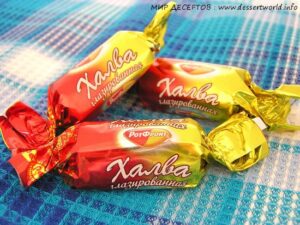
Texture is also given to many halvas via “pulling” techniques, used to give the sweet its fibrous, layered texture. In this process, the hot sugar syrup is mixed with tahini (or, in flour halva, with the cooked flour mixture) and then stretched, folded, and pulled repeatedly. This is done by hand or with paddles or hooks. This pulling aligns the sugar crystals and proteins in thin strands, giving halva its characteristic flakiness and sheen. In the finest Turkish and Persian halvas, this is an art form in itself: the confectioner alternates between cooling and pulling until the mass forms delicate ribbons that melt in the mouth. If the syrup is cooked too quickly or the pulling rushed, the result becomes dense and grainy rather than light and airy. Those who mastered this technique were known by the honored title kandalatchi (кандалатчи), meaning “master confectioner,” a term still used in Central Asia today.
The development of these refined, delicate versions of halva was made possible by the introduction of processed white sugar, which Persia obtained after conquering parts of India which had pioneered it. At the time, this was the sweetest substance on Earth and one of the purest crystalline sugars available. Because of demand, the labor-intensive processing and import costs required, and the mastery needed to combine the product in halva, these halva versions were among the most expensive and coveted desserts of their time.

Some types of halva also rely on foaming agents to stabilize the sugar mixture and create a porous structure. One of the most traditional is soapwort, a plant whose roots contain natural saponins that foam when boiled. The resulting extract, added to the sugar syrup in parts of the Middle East and Central Asia, emulsifies the mixture, traps fine air bubbles, and prevents the tahini’s oil from separating. This produces a smoother, more stable texture. Modern manufacturers sometimes substitute egg whites, gelatin, or other emulsifiers, but soapwort remains prized for its natural flavor and its ability to preserve halva’s traditional consistency. In flour- or fruit-based halvas, similar stabilization is achieved through constant stirring and careful temperature control, which allow the sugars and fats to bind evenly.
Halva’s structure ultimately depends on how its thickening agents, whether flour, tahini, or fruit, interact with heat and sugar. In flour-based halvas, starches swell and absorb the fats, forming a smooth, thick paste that sets as it cools into a dense, pudding-like confection ideal for molding or slicing. In tahini halva, the natural oils and proteins in sesame paste combine with crystallizing sugars to form a firm yet crumbly block. In fruit- or vegetable-based halvas, the thickening comes from the natural pectins and fibers of the cooked produce, giving the mixture a glossy, jam-like consistency that solidifies when cooled. In every form, the goal is the same: a texture that balances firmness with a melt-in-the-mouth smoothness.
Let’s Cook!
You can generally find tahini in the ethnic foods aisles or stores specializing in Middle Eastern or Asian foods. You can also make your own relatively easily by combining 2-3 tablespoons of olive oil per cup of sesame seeds and running that through a food processor until it is a homogeneous paste.
The simplest recipe for sesame halva involves simply mixing honey and tahini paste in a 1:1.5 ratio (i.e. 1 tbsp honey and 1.5 tbsp tahini). After a few hours in the refrigerator, the mixture will solidify.
More Eurasian Cooking!
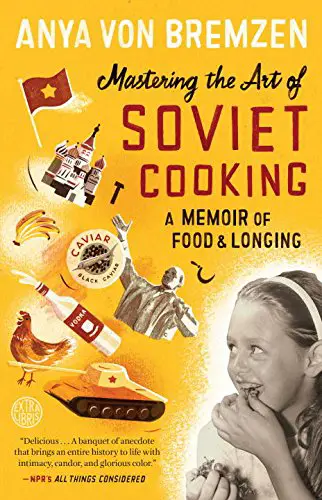 |
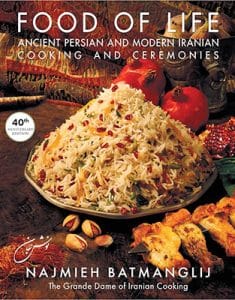 |
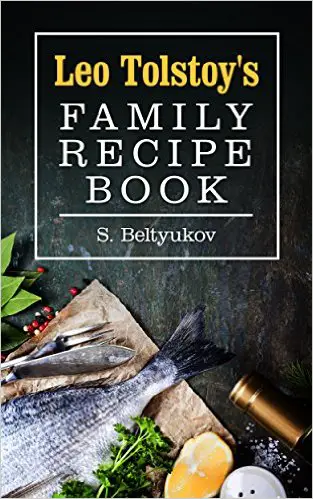 |
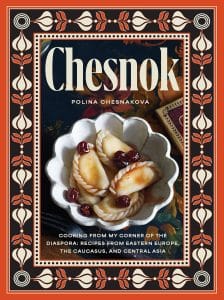 |
If you would like to try something a little more complex, the following recipes are still pretty simple, but are the next step up.
Tahini Halva
Ingredients:
- Sesame seeds – 1 cup
- Flour (high grade) – 1 cup
- Granulated sugar – 2/3 cup
- Pasteurized whole milk – 1/3 cup
- Vegetable oil – 3-4 tbsp
- Vanilla sugar – 1 tsp
Preparation:
- Pour sesame seeds into a dry, wide frying pan and put over medium heat. With a wooden spatula, begin to toast the sesame seeds, stirring constantly so they don’t burn. When the sesame seeds acquire a light gold or light brown color, remove the pan from heat. Pour sesame seeds into a deep, dry dish and allow to cool to room temperature.
- Meanwhile, into the hot pan, add flour through a fine sieve. Fry the flour to a light yellow color. Again, stir constantly. Once the flour has browned, transfer to another deep dish and let cool completely.
- Place the cooled sesame seeds into a food processor and grind at highest speed until smooth.
- Combine the ground sesame with the fried flour and vegetable oil and mix until smooth.
- To a small saucepan, and the milk and both sugars. Mix thoroughly and set over medium heat. Bring the liquid to a boil, cook until foam forms, and then remove from heat.
- Combine the hot milk with the flour mixture. Mix until smooth.
- Spread the mixture on a large, damp baking sheet or dish. Flatten with clean hands to a thickness of 1-2 centimeters, and let stand at room temperature for about 20-30 minutes.
- When the halva has cooled completely, cut into diamonds, rectangles, or squares and serve!
Walnut Halva
Ingredients:
- Walnuts – 3 cups (chopped)
- Melted butter – 1 cup
- Sugar – 2¼ cups
- Water – 2 cups
- Flour – ⅓ cup (all-purpose)
Preparation:
- Toast walnuts and mince them.
- Boil sugar and water to a thick syrup. This should take about 6-8 minutes.
- While the syrup is boiling, melt butter in a pot, add flour, and stir with a wooden spatula, frying until golden.
- Combine the syrup with the flour mixture. Mix until smooth.
- Pour the hot halva onto a greased surface. Form the paste into a circle or square one inch thick. When it has cooled slightly, cut into diamonds. Can be served with honey.
Flour Halva (Halvaitar)
Ingredients:
- Wheat flour – 1 cup (all-purpose or coarse for texture)
- Butter, ghee, or vegetable oil – 1/2 cup
- Sugar – 3/4 to 1 cup (to taste)
- Milk – 3 cups
- Salt – 1/4 teaspoon
- Vanilla (optional) – 1/2 teaspoon
- Chopped walnuts, almonds, or pistachios, for garnish
Preparation:
- In a heavy-bottomed saucepan or deep skillet, melt the butter or heat the oil over low to medium heat.
- Add the flour gradually, stirring constantly with a wooden spoon or whisk to prevent lumps.
- Cook the mixture slowly for 20–30 minutes, stirring continuously until it turns a deep golden-brown and gives off a nutty aroma.
- In a separate pot, combine sugar, salt, and milk. Bring to a gentle boil, stirring to dissolve the sugar.
- Once foam has formed, slowly pour the hot liquid into the browned flour mixture on low heat while stirring constantly.
- Continue stirring for another 15–20 minutes, until the halva becomes smooth, glossy, and has a pudding-like in consistency.
- Stir in vanilla, if desired.
- Spoon the warm halvaitar into soup dishes and sprinkle with chopped nuts.
- Serve immediately.
Semolina Halva
This recipe has wide variations based on which culture is producing it.
Ingredients:
- Semolina – 1 cup (coarse-grain preferred)
- Butter, ghee, or vegetable oil – 1/2 cup
- Sugar – 3/4 to 1 cup (can use white, jaggery, palm, or coconut sugar; recommended to use less if using a tropical sweetener, as they give a more intense flavor)
- Water, milk, or coconut milk – 2 cups
- Pine nuts, almonds, cashews, shredded coconut, or walnuts – 2 tablespoons (optional)
- Ground cardamom, cinnamon, or vanilla extract – 1/2 teaspoon (optional)
- Rosewater or orange blossom water – a few drops (optional)
- Mashed banana, grated pineapple, mango puree, or papaya puree – 1/2 cup (optional)
Preparation:
- In a small saucepan, combine water (or milk or coconut milk) and sugar. Heat gently, stirring until the sugar dissolves completely. Add spices, waters, vanilla, etc. if desired while simmering.
- Keep warm on the lowest heat while you prepare the semolina base.
- In a large, heavy-bottomed pan, melt the butter or ghee over low heat.
- Add the semolina and stir constantly with a wooden spoon or spatula. If using nuts, add them now so they toast alongside the semolina.
- Continue cooking very slowly for 20–30 minutes, stirring continuously until the mixture turns a deep golden brown and emits a rich, nutty aroma.
- Slowly add the hot syrup to the semolina, stirring constantly until you have a smooth, creamy consistency.
- If adding fruit purees, add them now.
- Cover the pan with a lid and let the halva steam on low heat for 5–10 minutes.
- Turn off the heat and let it rest uncovered for another 5 minutes before serving with chopped nuts for garnish, if desired.
Our Favorite Halva Videos
This is a simple version of sesame seed halva. The primary ingredients are ground sesame seeds and honey, but the chef adds a spoonful of coffee grounds for extra flavor.
This video is largely wordless (with a bit of Uzbek heard) but it is a fascinating look at a traditional recipe for halva used in Uzbekistan. Ingredients are measured out on a balance, and sugar is whipped into a thick foam in a large cauldron.
This video, from a Russian program devoted to science and technology, has excellent, mouthwatering clips of sunflower halva being mass-produced using a traditional recipe in Tver. Chefs hand-stir the mixture of syrup, seeds, and soapwort until it reaches the perfect consistency.
You Might Also Like
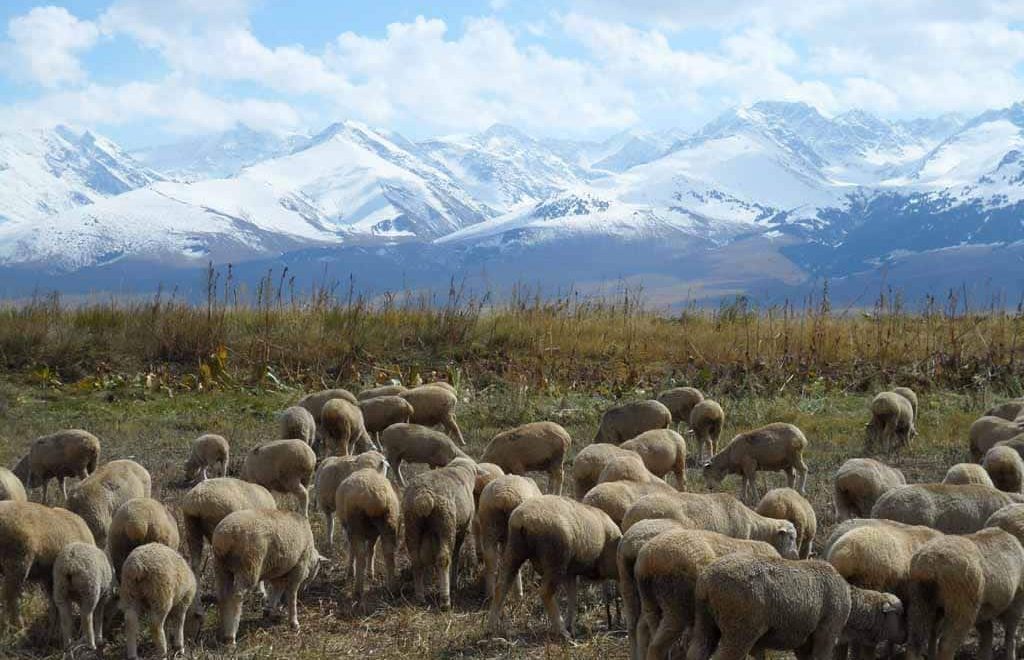
Sheep Guts Won’t Kill You: A Guide to Seeing the Kyrgyzstan that Most People Don’t
The Kyrgyz are a Turkic people with a rich identity that revolves around their nomadic heritage. Although they were forcibly settled by the Soviets, some have maintained or returned to nomadic traditions. Other strong elements of their culture include faith in Islam that is heavily informed by previous (or present) belief in Tengrism, Zoroastrianism, and […]
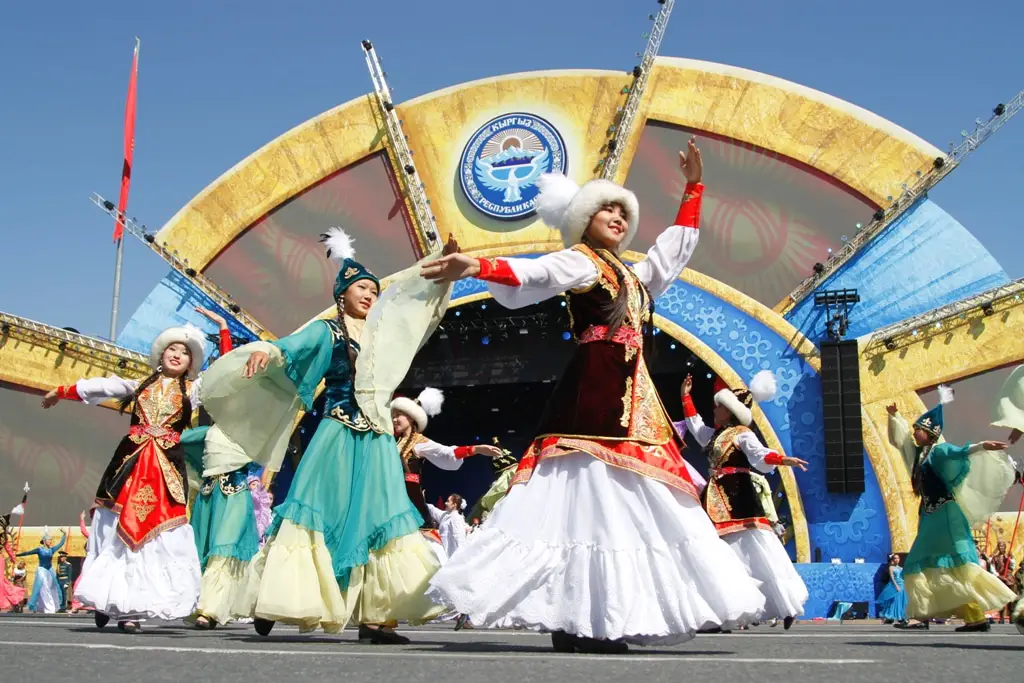
Kyrgyz Holidays 2026: A Complete Guide
Kyrgyz holidays include many inherited from the USSR (although most of those have changed their form at least slightly). Kyrgyz holidays also include many adopted from Russian culture. However, many holidays have now been added to the calendar to celebrate patriotism toward independent Kyrgyzstan and Kyrgyzstan’s long-held Muslim heritage. Thus, Soviet, national, Orthodox, Muslim, modern, […]
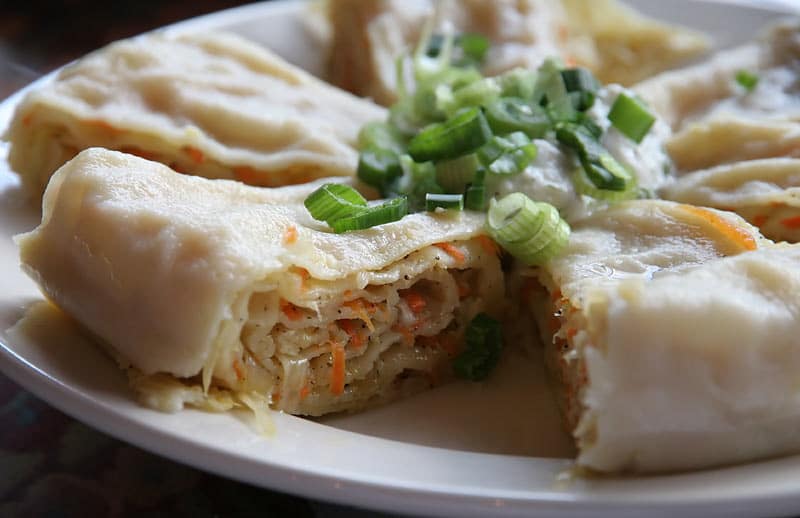
Oromo, Orama, Khanum: A Turkic Pumpkin Delight
For those obsessed with all things pumpkin — pumpkin pie, pumpkin ice-cream, pumpkin-spice lattes — oromo (оромо) is sure to please. Oromo is a rolled, layered, steamed pastry that comes with various fillings (pumpkin being common and our favorite). It evokes everything we love about pumpkin season back home in the States. This main dish […]
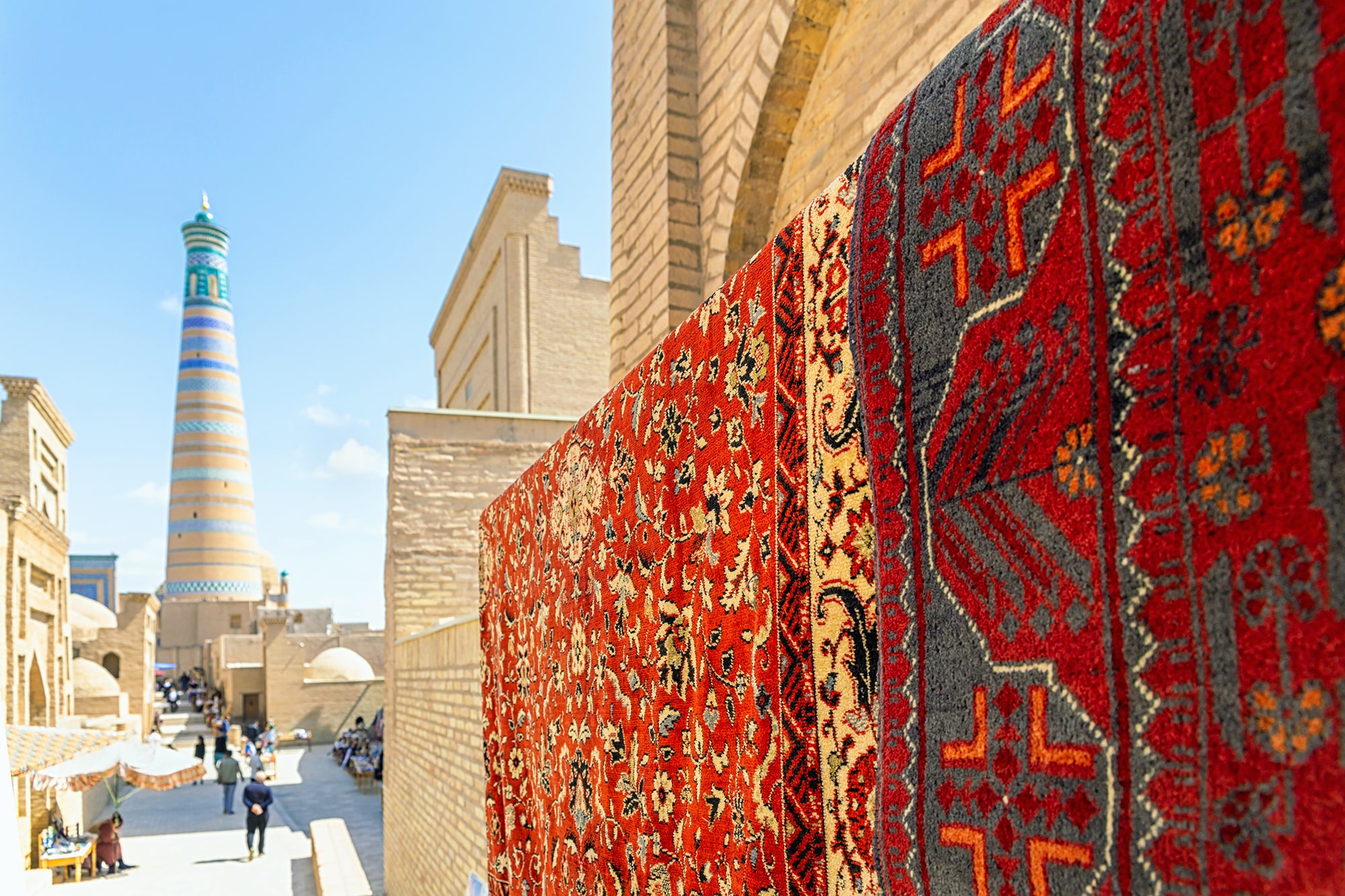
Knots of Culture: Central Asia’s Carpet Weaving Heritage
Central Asia’s rich tradition of carpet weaving reflects the region’s history, culture, and identity. From the ancient nomads of the Pazyryk Valley to the artisans of Kyrgyz yurts and the urban weavers of Samarkand, carpets have long served both practical and symbolic functions. Their materials, techniques, and motifs reflect centuries of interaction between nomadic and […]

The Talking Kyrgyz Phrasebook
The Talking Phrasebook Series presents useful phrases and words in side-by-side translation and with audio files specifically geared to help students work on listening skills and pronunciation. Below, you will find several useful phrases and words. To the left is the English and to the above right is an English transliteration of the Kyrgyz translation. […]

